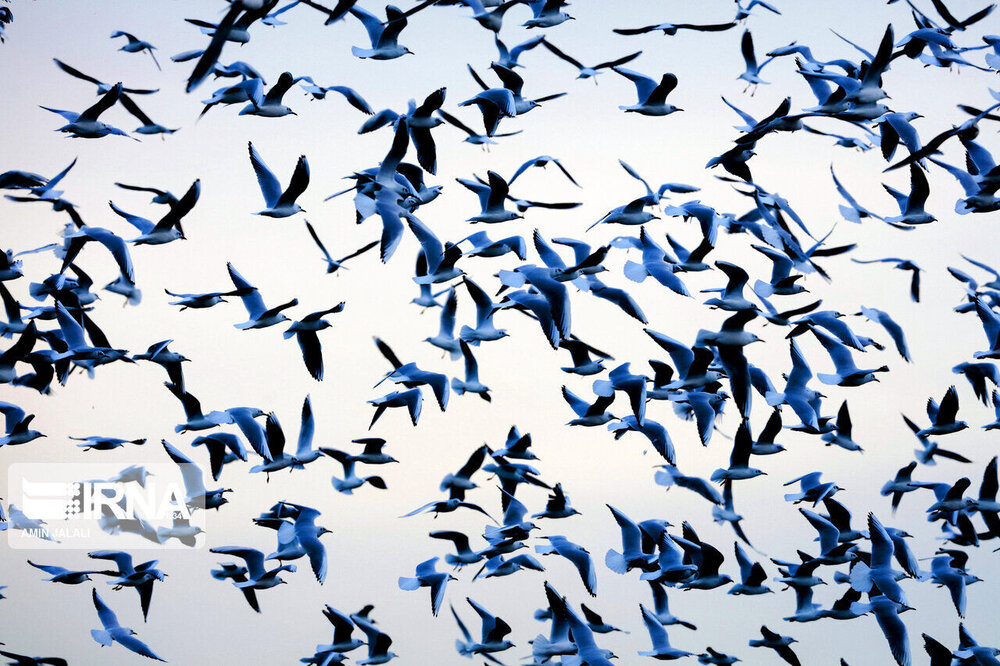Migratory birds of Golestan wetlands back to Siberia

TEHRAN – Migratory birds wintering in 23 aquatic habitats of Golestan province start their journey to cold northern regions for breeding from mid-March until mid-April as the weather warms, Mahmoud Shakiba, head of the provincial department of environment, has said.
Migration of birds such as ducks, swans, pelicans, herons, coots, swallows, sandpipers, geese, flamingos, cormorants, and white-tailed eagles started from the cold regions of Siberia and Eastern and Western Europe to Golestan wetlands, due to cold weather and lack of food resources, he explained.
“Having numerous aquatic ecosystems such as Alagol, Ajigol, Almagol wetlands, Gomishan International Lagoon, and Gorgan Bay, the province is host to a significant number of people, especially in the second half of the year, to watch at least 100 species of birds.
According to this year's census, 165,000 migratory waterfowl and shorebirds entered Golestan aquatic habitats for wintering, which shows a decrease of about 50 percent compared to 302,000 reported last year, which is mainly caused by the lack of sufficient tranquility in the aquatic habitats of the province, fish farming, the presence of hunters and the use of these places as recreational places,” he said.
Of the 304 bird species identified in the province, 107 are endemic, 97 are migratory birds, IRNA reported on Sunday.
Unique birdwatching sites in Iran
Iran is decorated with impressive wetlands that hold a great share of aquatic and bird species and wildlife. Anzali wetland, Qeshm Island, Urmia Lake, and Miankaleh Peninsula are among the most important locations for bird watching in Iran.
Miankaleh International Wetland in Mazandaran, called the birdwatching paradise of Iran, stretches to a total area of 68,000 hectares, which is home to at least 130 species of migratory species with a population of 1.5 million.
Being an impressive bird-watching destination, the wetland displays a variety of bird species such as otters, all kinds of fish-eating ducks (common goldeneye and Mergus), pelicans, flamingos, cormorants, common pheasants, partridges, mute swan, tundra swan, and coots. Ashuradeh was introduced and registered as one of the world's first biosphere zones in 1975.
Gomishan wetland in Golestan province is home to over 20,000 water birds, and more than 20 species of birds, which supports three IUCN Red List vulnerable species of waterbirds, i.e., Pelecanus Crispus, Aythya nyroca, and Vanellus gregarious, as well as the vulnerable mammal Phoca (Pusa) caspica; it is also an important staging area for the fish subspecies Rutilus rutilus caspicas.
Located at the foot of the Zagros mountains in north-western Iran, Zarivar is a freshwater wetland hosting over 74 bird species, which is designated as a Ramsar Site.
The site provides a suitable breeding and resting place for birds and other wetland animals, and due to the relatively extensive reed beds, it is an important overwintering site for northern migratory birds.
FB/MG

Leave a Comment